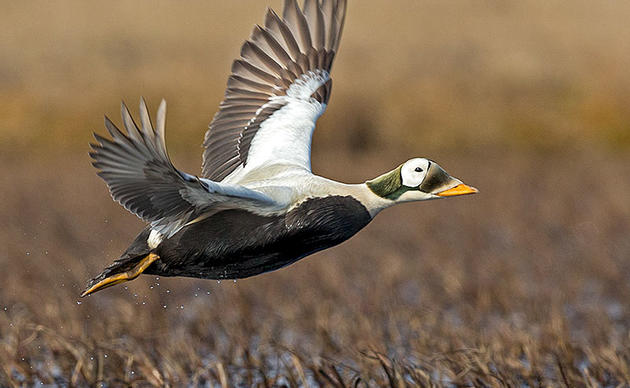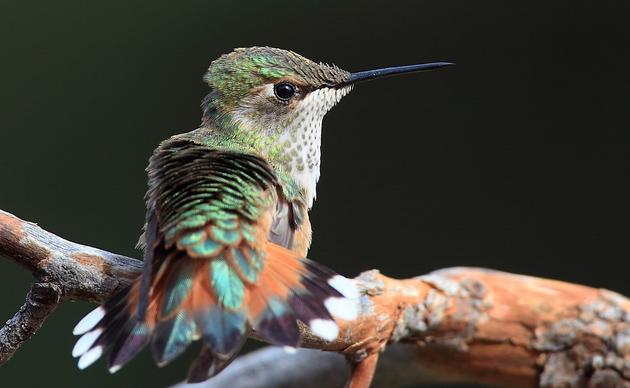This week, the U.S. Department of the Interior announced that the Bureau of Land Management received no bids as of the deadline on January 6 for the congressionally mandated oil and gas lease sale in the Arctic National Wildlife Refuge (Arctic Refuge). “The expired deadline to submit bids concludes the second congressionally mandated sale required by the 2017 Tax Act, which directed the BLM to hold two lease sales in the Coastal Plain within seven years of enactment,” reads the press release.
On December 9, 2024, the Biden administration announced a Record of Decision (ROD) on the Arctic Refuge leasing program, a required process under a 2017 tax law that will pave the way for a second mandated lease sale. The second lease sale is slated for January 10, 2025. The ROD comes after the release of the Final Supplemental Environmental Impact Statement (FSEIS) in November, which re-assessed the environmental impacts of the Arctic Refuge oil and gas leasing program.
We’ll get into all the details of this, but first, let’s talk about what makes the northeast corner of Alaska so sacred and important to birds.
Why Is the Arctic Refuge Important?
This landscape was first set aside by Dwight D. Eisenhower as the Arctic National Wildlife Range in 1960. In 1980, Congress enlarged the original range to protect additional wildlife habitat and establish the Arctic National Wildlife Refuge. In the same move, Congress closed the Coastal Plain to oil development.
The 19.6-million-acre Arctic Refuge is the country’s only conservation unit that encompasses an entire Arctic ecosystem. It’s home to polar and grizzly bears, wolves, and the 197,000-animal Porcupine Caribou Herd. The Gwich’in Nation, living in Alaska and Canada, make their home on or near the migratory route of the Porcupine Caribou Herd and have depended on the animals for their subsistence and culture for thousands of years.
The region also attracts millions of migratory birds. Birds from around the world migrate to or through the Arctic Refuge each year. They come from across the United States and six continents to feed, nest, and raise their young, earning the region the nickname the “World’s Bird Nursery.” Birds head to this place to take advantage of the burst of plant and insect life during the long days of the Arctic summer.
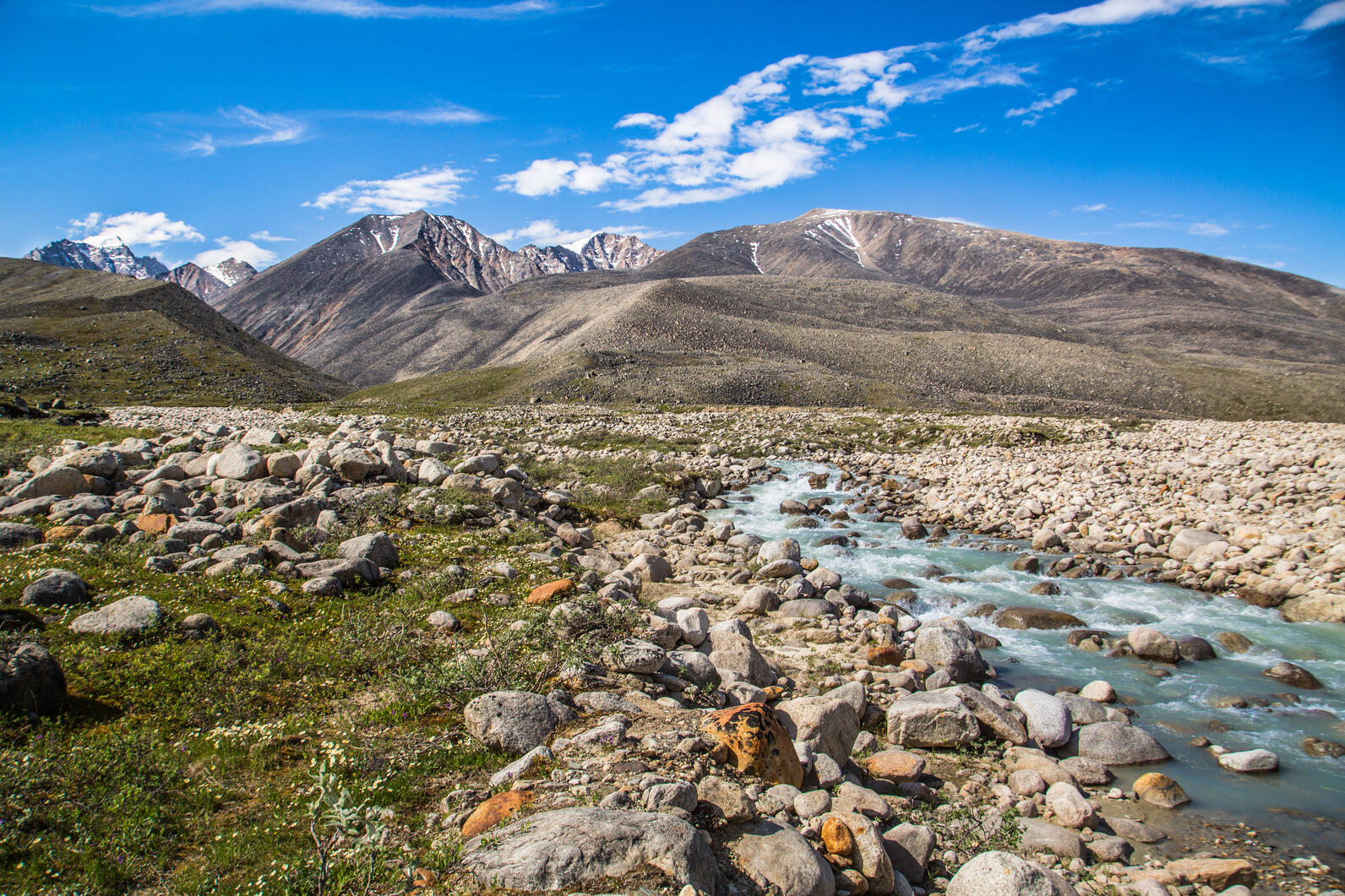
What Did the Trump Administration Do?
On December 22, 2017, President Trump signed a tax bill that opened the Arctic Refuge to oil and gas drilling to offset massive corporate tax cuts. The 2017 Tax Act mandates two lease sales be held within the Arctic Refuge.
In early January 2021, the first oil and gas lease sale was held. The Alaska Industrial Development and Export Authority (AIDEA)—an Alaska-state-owned corporation—and two other companies were the only bidders. The sale generated $12 million—less than 1% of the revenue promised with the 2017 Tax Act. And though the lease sale fell short, the 2017 Tax Act still legally requires the Department of the Interior to hold a second lease sale in the Arctic Refuge, which is now scheduled for January 2025.
But even oil companies started to realize that drilling in the Arctic Refuge didn’t make financial sense and wasn’t worth the risk. Two of the three entities that bought oil and gas leases on the Coastal Plain canceled their leases and asked the Bureau of Land Management for their money back. Then, the remaining leases held by AIDEA were found to be illegal due to deficiencies with the Trump-era Environmental Impact Statement (EIS). The previous EIS approved by the Trump administration was part of a rushed attempt to open the Arctic Refuge to oil and gas drilling before the end of Trump’s lame-duck presidency.
Then the Biden administration took office.
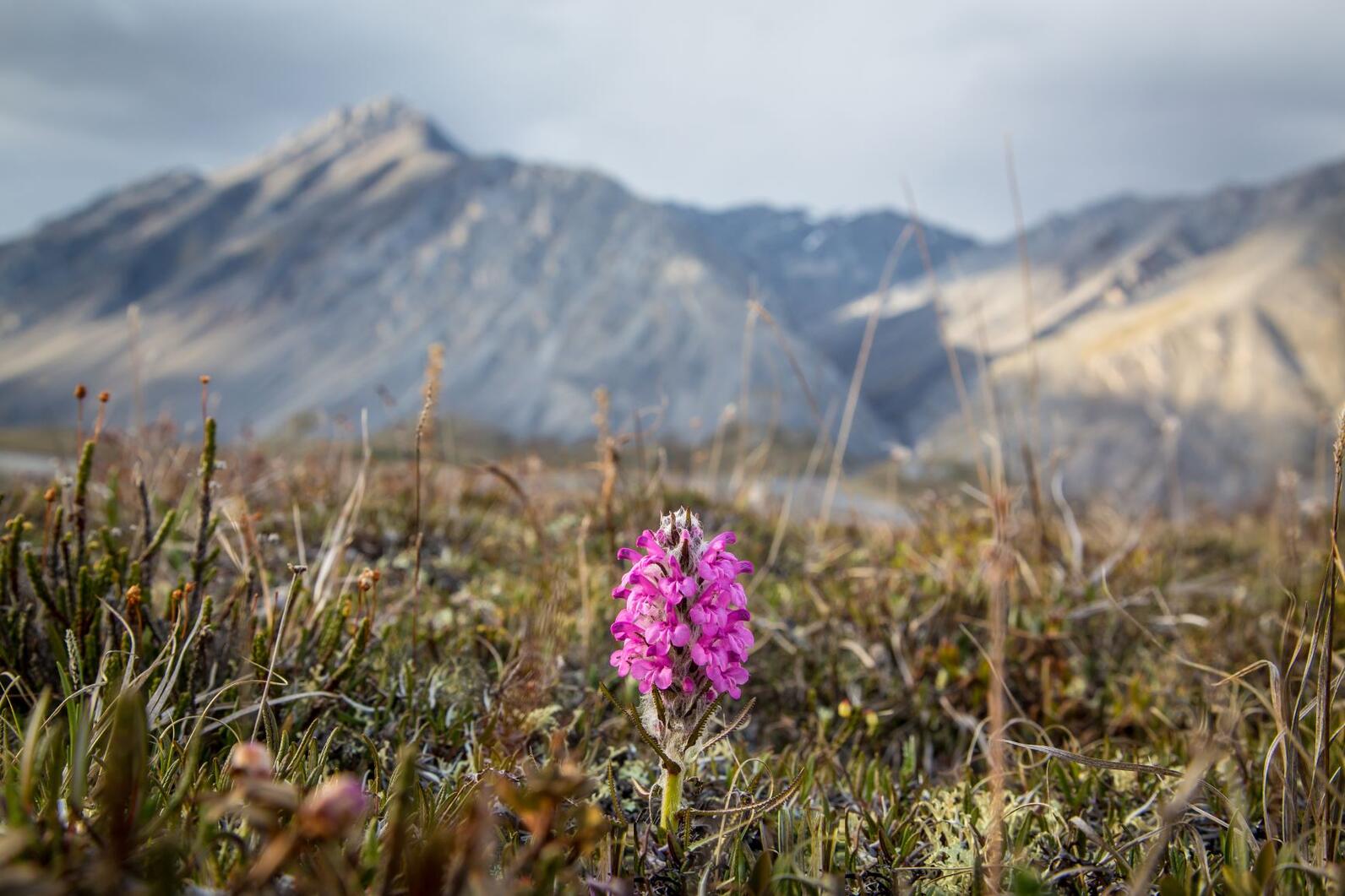
What Did the Biden Administration Do?
On January 20, 2021, the Biden administration put a temporary halt on oil and gas development in the Arctic Refuge. There were also several lawsuits proceeding through the court system to stop oil and gas development in the Arctic Refuge, including National Audubon Society v. Bernhardt.
Then, on September 6, 2023, the Department of the Interior announced it was canceling the illegal Trump-issued oil and gas leases on the Coastal Plain—including the final leases held by AIDEA. The Department of the Interior initiated a process of reassessing the environmental impacts of the Arctic Refuge’s Trump-era oil and gas leasing program by issuing a draft Supplemental Environmental Impact Statement (SEIS) that would better recognize the conservation importance and cultural significance of the Arctic Refuge.
“We applaud the Biden administration for taking these meaningful steps to safeguard the ecologically and culturally irreplaceable Arctic National Wildlife Refuge,” said David Krause, then the Interim Executive Director of Audubon Alaska, at the time of the announcement. “Canceling oil-and-gas leases in the Arctic Refuge ensures the health of the World’ Bird Nursery and the protection of Indigenous lifeways.”
A 60-day public process followed this announcement, during which the American public showcased overwhelming opposition to oil and gas development in the Arctic Refuge. Audubon generated 26,408 comments calling for the government’s environmental review to comprehensively analyze culturally irreplaceable resources like the Porcupine Caribou Herd and millions of birds.
The Gwich’in and Iñupiat, peoples who have worked to protect these lands for generations, also strongly oppose any efforts to drill for oil and gas within the Arctic Refuge, which would threaten to alter caribou migrations and herd health. The fall 2023 cancellations were a win, but then Executive Director of the Gwich’in Steering Committee, Bernadette Demientieff, said their sacred land was only temporarily safe from oil and gas development as a second lease sale was still to be required by law.
“We urge the administration and our leaders in Congress to repeal the oil and gas program and permanently protect the Arctic Refuge,” she said at the time.
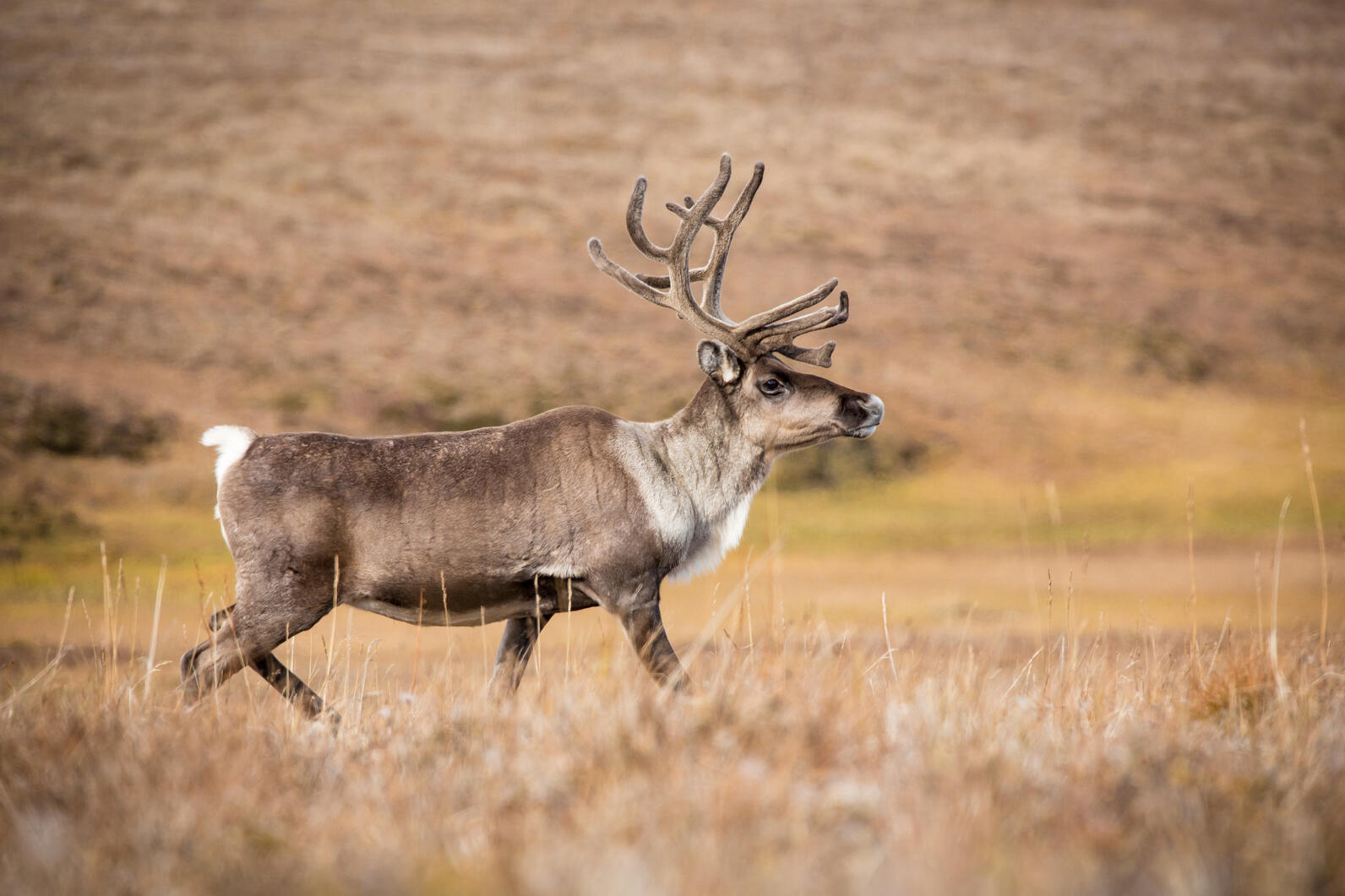
Where Are We Now?
So far, no development has occurred in the Arctic Refuge. According to the Arctic Defense Campaign, every major bank and 19 insurance companies walked away from investment and underwriting leasing on these lands because of threats to Indigenous rights and wildlife. There is overwhelming evidence that any oil and gas program will have destructive and harmful impacts on the Coastal Plain’s ecosystems and values.
The outgoing Biden administration was slated to hold the second lease sale on January 10, just ahead of the incoming second Trump administration. But again, the Bureau of Land Management received no bids for the congressionally mandated oil and gas lease sale, which was announced on January 8 (which became a celebratory day).
“Today—for the first time in many years—the Gwich’in people celebrate that there are no active threats to Iizhik Gwats’an Gwandaii Goodlit. But we also recognize that as others have sought to profit from this land before, threats to it still remain,” said Kristen Moreland, Executive Director of the Gwich’in Steering Committee. “We reaffirm our commitment to seeing it permanently protected and remain steadfast in protecting our way of life for our future generations.”
However, the Arctic Defense Campaign alongside the Gwich’in Steering Committee, Tribal Governments, and Iñupiat allies, will continue the fight to safeguard the Arctic Refuge.
“Today’s results further affirm our long-term belief that the Arctic National Wildlife Refuge is absolutely no place for oil development,” said David Krause, Vice President–Alaska Program at National Audubon Society. “Migratory birds that rely on this irreplaceable landscape connect cultures and communities across all 50 states and dozens of countries on six continents. The significance of today’s news regarding such an ecologically and culturally important place cannot be overstated.”


